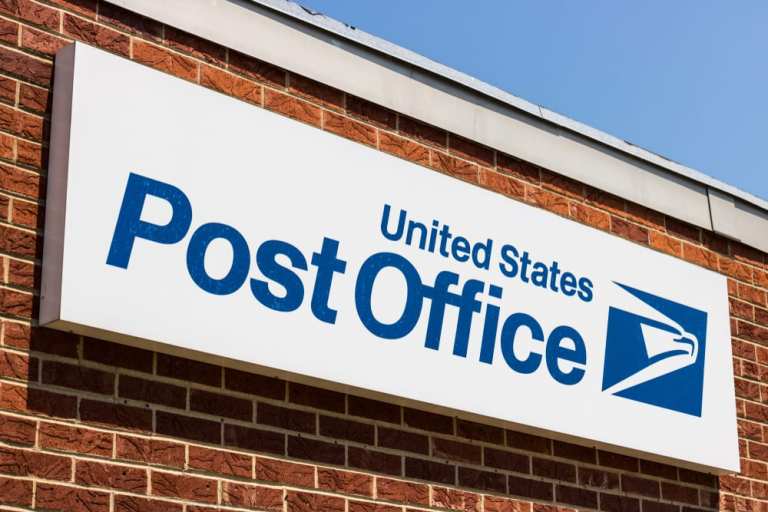
Quick: Who’s the biggest retailer in the U.S.? Not Walmart (5,500 stores). If you want to go to QSRs, it’s not even Starbucks (14,000) or Subway (24,000). In terms of sheer size and locations, the United States Postal Service (USPS) is the biggest retailer in the country, with 31,000 locations covering pretty much every town.
Of course, it’s revenue, not size, that has been USPS’ problem. Now, a new report is asking a good question: What if the post office expanded its retail offerings?
The report, which was commissioned by the Government Accountability Office (GAO), found that in 2018, USPS’ retail facilities generated about $10.5 billion in revenue and cost $5 billion to operate. Those facilities accounted for about 15 percent of total fiscal year 2018 revenues and about 7 percent of its total costs. While the GAO is not talking about selling coffee, sandwiches or sleepwear at the post office, they are considering expanding services that make the PO a destination, particularly in rural areas.
“Offering additional non-postal products and services at USPS retail facilities could provide consumer, government or community benefits, but viability may be limited,” the report states. “Stakeholders said new offerings, such as expanded financial products or government services, could, for example, enhance consumers’ access and government efficiencies. In particular, some noted that USPS could provide a viable banking alternative for those lacking banking services. However, USPS officials, postmasters GAO surveyed, and stakeholders GAO interviewed said that additional offerings may generate minimal revenue, and that USPS may face factors limiting the viability of these offerings.”
For example, small to limited banking services, expanded passport services, and access to hunting, fishing and drivers’ licenses could all be added to the post office menu. However, the report notes that the USPS may not have the expertise or capital to enter those markets. It recommends that the USPS weighs the costs and benefits. In the end, the report is non-committal about the effectiveness of non-retail items.
“Based on studies we reviewed and interviews with representatives from consumer groups, there may be demand for certain offerings at retail facilities, such as check cashing and payday loan services, particularly if offered at a lower price than competitors,” the report says. “For example, in 2014, the Pew Charitable Trusts conducted a nationally representative survey of 1,626 adults and estimated that only around a quarter of American adults would be very likely or likely to use certain financial products, including check cashing, prepaid cards, bill pay and small-dollar loans, if offered at USPS retail facilities. However, for those surveyed who were already using such services, respondents indicated they would likely obtain these at USPS retail facilities if offered at a lower price.”
The idea is not without international precedent. The United Kingdom’s postal retail operator has arranged with retail banks to enable customers to access their banking services. According to The Post Office, its financial services generated €205 million in 2017 and €215 million in 2018. France’s postal operator, La Poste Group, established a bank in 2005 to provide banking services through its retail facilities. According to La Poste, its banking services generated net revenues of €5.5 billion in 2018, which was down from €5.6 billion in net revenue in 2017.
Many ideas in the report were considered and then dismissed out of hand. For example, the Federal Emergency Management Agency said they explored the possibility of using USPS facilities to support disaster efforts, but found that space was too small. One concern seemed to shoot down the report and the possibilities in no uncertain terms.
“According to the 2018 Task Force report, USPS should not expand into new sectors, because it lacks the expertise and required capital to do so, and does not have a demonstrated comparative advantage,” it said. “Representatives from one financial association told us that USPS expanding its financial offerings may create unfair competition because of USPS’s implicit federal government subsidies.”